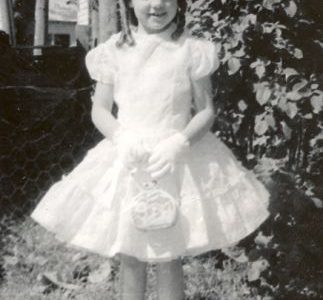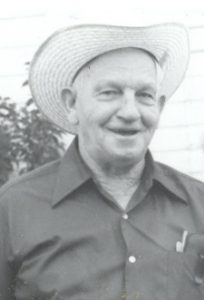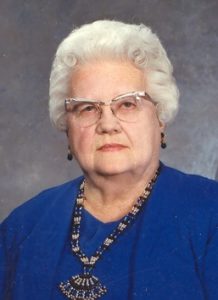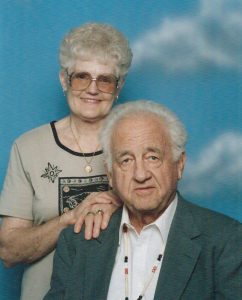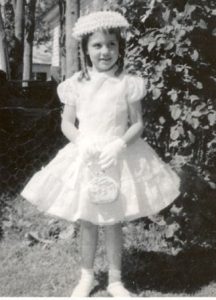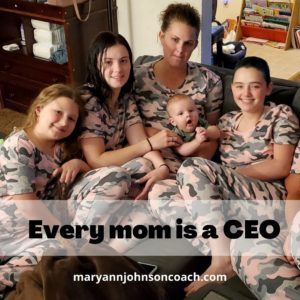 I have a friend, Nicole. She was a solopreneur, and a single mom, who homeschooled her two boys. That was a load to carry, however, Nicole manages well. That wasn’t always the case.
I have a friend, Nicole. She was a solopreneur, and a single mom, who homeschooled her two boys. That was a load to carry, however, Nicole manages well. That wasn’t always the case.
I recall when she was feeling overwhelmed with the load she was carrying. Nicole is intelligent, and she had numerous ideas that would make her business even more successful and give her the income she needed to raise two children on her own, but time was always an issue. There just wasn’t enough of it.
She couldn’t do everything by herself, but she kept trying. She felt bad asking for help. I mean, she should be able to manage, right? This ‘doing it all’ led to days when she wasn’t her best with the boys. She would struggle to remain calm, school felt like a huge weight, and she let her clients infringe on time with her family. She couldn’t say no. She carried on like this for several years.
This might sound like you. It was certainly me for most of the years I was parenting. It took me decades to understand systems and to be willing to get help. Eventually, Nicole learned some valuable lessons. These were the same lessons I had to learn. If you are overwhelmed and not managing as well as you want, you will have to learn them also.
First, Nicole began talking to other moms who had been where she was. I was one of those moms. I had never been a single mother, but I had a husband on the road, and money was always tight. We had seven kids. A load is a load even if they are not the same. As we talked, I was able to help her see that she had systems, but they weren’t very effective. We came up with ways to make her days flow better, to give her time for work, and to have more present time with her boys.
Then she hired a retired businessman who helped her develop better systems in her company and convinced her to hire some help. Team meetings made a big difference in her effectiveness and in her ability to manage time. It made a WORLD of difference in her ability to put her excellent ideas into practice which helped her gain new clients. Her income increased substantially. Her mentor helped her manage those clients more efficiently and with better boundaries. He taught her how to stop being a self-employed, overworked mom, and how to become a CEO.
That is an interesting acronym meaning chief executive officer. The CEO is the highest-ranking person in a company or other institution, ultimately responsible for making managerial decisions. That was definitely Nicole’s role in her newly structured company. It was also her role as a parent. Isn’t every father and mother a CEO? In two-parent homes, they are a team ultimately responsible for making decisions. In my friend Nicole’s case, she was the sole CEO.
Before Nicole got her systems in order and her thoughts out of her head so she could organize them and bring them to fruition, she was successful as a businesswoman and a mom. BUT and this is what I want you to take away, she struggled every day to feel successful. Nicole was overwhelmed much of the time. She felt she failed in many areas. She was overworked.
After Nicole began accessing wise counsel and good resources, she began talking to her kids. They were young, but they were still part of the solution. She got them to buy-in to doing things a new way. She helped them feel important and part of what was happening, not like pawns that were being told what to do. They began having regular family meetings. She accepted that her children were capable of greater executive function, and she started giving them more responsibilities.
Executive function refers to skills that help us focus, plan, prioritize, work toward goals, self-regulate behaviors and emotions, adapt to new and unexpected situations, and ultimately engage in abstract thinking and planning. This increase in trust and responsibility increased her children’s willingness to participate.
Things began to feel better; Nicole’s children became more involved and helpful. Her business expanded relieving her financial stress, she enjoyed working with others, and she felt supported.
There isn’t any way to remove the weight of parenting – the actual physical work, the mental work and the decision making, the responsibility. But there are ways to manage all this better so that you not only perform at a higher level, but you feel successful more often.
Tips to feeling successful and less overwhelmed.
- Ask for help. Maybe you have systems by default, and they stink. : ) Find others who are managing what you aren’t managing, and ask them what they are doing.
- Be willing to experiment without feeling like a failure. That is what scientists do. Take what you have learned, then with some thought and a willingness to experiment, design something similar that you hope will work for your family. If it doesn’t, go back, take another look, and design another experiment.
- Be consistent in using systems that work. It’s funny, but research shows that when we find something that works, often, we will eventually go back to doing it the old way. We must decide to change and then practice consistency in the new way of managing.
- Get your family to buy-in. When people feel they are part of the decision-making process, when they feel some ownership, they perform better.
- Allow your children to become active participants. Give them opportunities to practice executive function skills. Trust them to be able to do a bit more than you think they can. They will probably surprise you.
- Model this way of living for them. It is stimulating. They will learn more and be prepared to go out on their own. What they see you do is far more powerful than what they hear you say.
- Celebrate successes. You will feel better, and your children will stay in the game better. We all like to feel successful. Life is more enjoyable when there are goals and rewards for meeting them.
Nicole and her boys are managing life better. I manage my life better, and you can manage yours better too. This doesn’t mean you won’t have bad days, weeks, months, or maybe even a year.
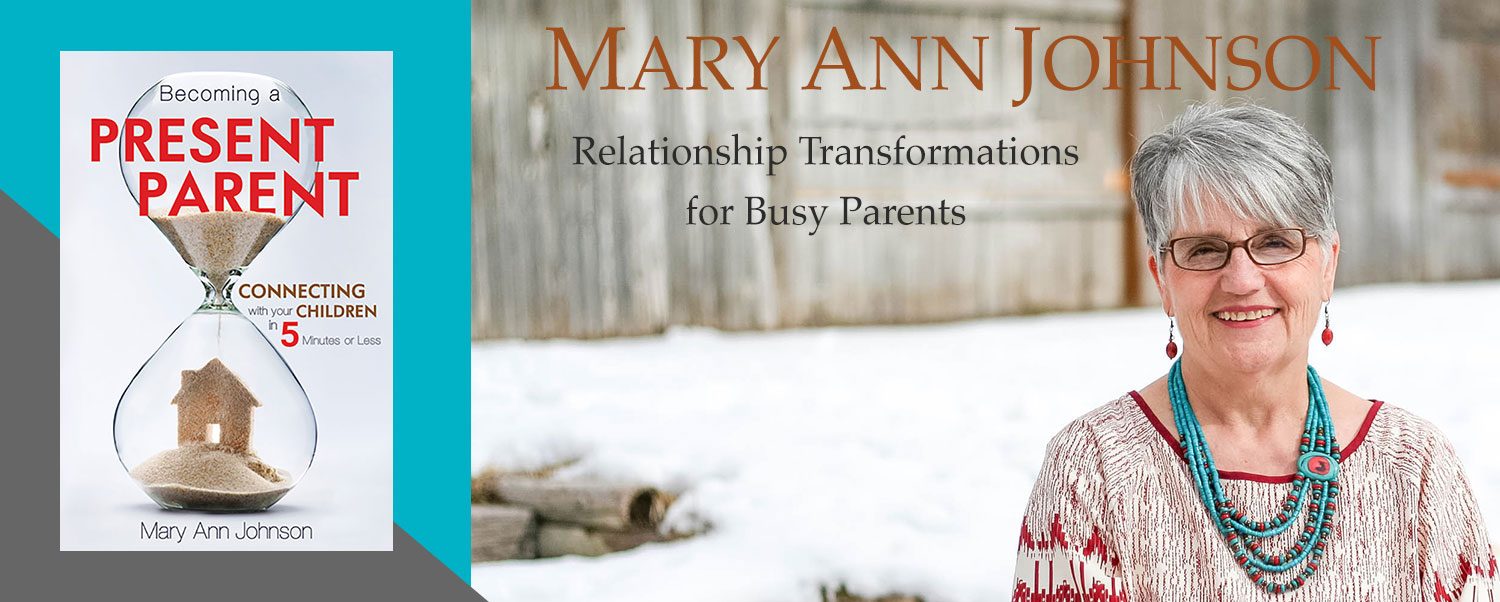

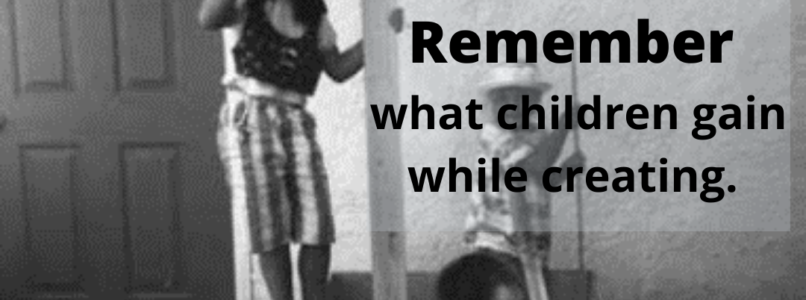
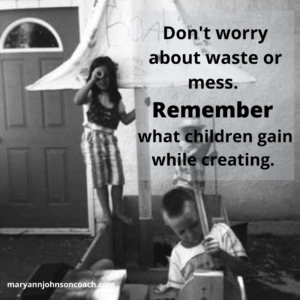 A mother asked me how I handled it when my children wanted to make something that I knew wouldn’t be used after it was created. How did I feel about the waste of resources and the mess that would be left? That is a great question. In fact, this same question comes up often when I am working with moms, and I have put some thought into it and decided that an even better question would be:
A mother asked me how I handled it when my children wanted to make something that I knew wouldn’t be used after it was created. How did I feel about the waste of resources and the mess that would be left? That is a great question. In fact, this same question comes up often when I am working with moms, and I have put some thought into it and decided that an even better question would be: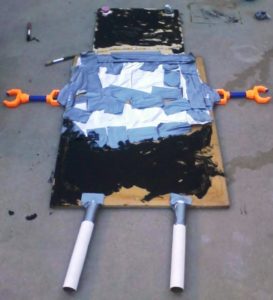 paper roll tubes, and tons of glue, expensive ‘real sticky glue’ as he called it. It turned out spectacularly, but it didn’t have any use. It was too big and not sturdy enough to hang on a wall. It lay on the concrete at the bottom of the back steps to be admired by the whole family until it rained. Then all the pieces were gathered up by an adult and taken to the dump.
paper roll tubes, and tons of glue, expensive ‘real sticky glue’ as he called it. It turned out spectacularly, but it didn’t have any use. It was too big and not sturdy enough to hang on a wall. It lay on the concrete at the bottom of the back steps to be admired by the whole family until it rained. Then all the pieces were gathered up by an adult and taken to the dump.
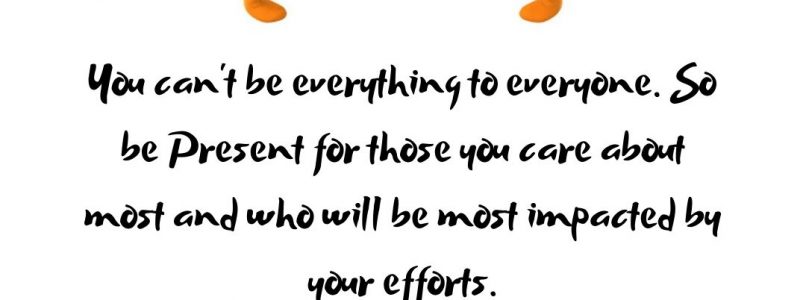
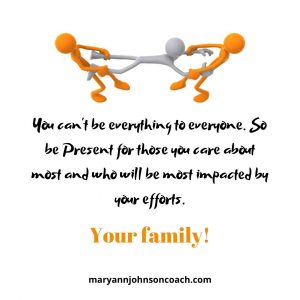 I saw an insurance commercial in which the adults (portrayed by kids) were being treated like children by the insurance company. They felt helpless, undervalued, and frustrated. When I saw this commercial, I, like most of you, could relate to those feelings. At the end of the commercial, a rival insurance company helped a woman (portrayed by a child) with her needs. She stood there smiling, feeling good.
I saw an insurance commercial in which the adults (portrayed by kids) were being treated like children by the insurance company. They felt helpless, undervalued, and frustrated. When I saw this commercial, I, like most of you, could relate to those feelings. At the end of the commercial, a rival insurance company helped a woman (portrayed by a child) with her needs. She stood there smiling, feeling good. of my relaxing and fun things to-do list. I was feeling some pressure. My 3-year-old daughter, Marie, kept coming into the sewing room and interrupting me. This and the sewing were wearing on my nerves. I was ready to spank her. After all, she was bugging me, and she could see perfectly well that I was busy! I decided if she interrupted me again, I was going to swat her.
of my relaxing and fun things to-do list. I was feeling some pressure. My 3-year-old daughter, Marie, kept coming into the sewing room and interrupting me. This and the sewing were wearing on my nerves. I was ready to spank her. After all, she was bugging me, and she could see perfectly well that I was busy! I decided if she interrupted me again, I was going to swat her.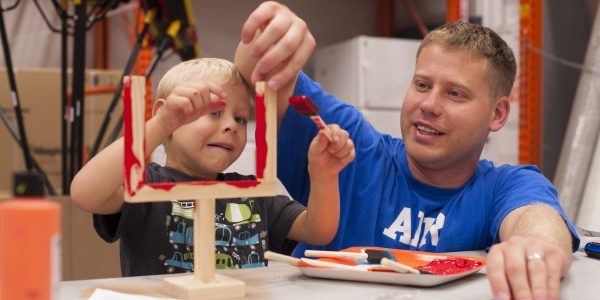
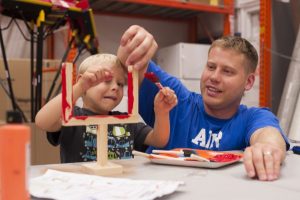 Kids
Kids 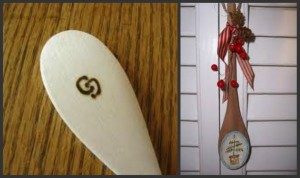



 During the years that my family lived in ID. my dad was an over the road salesman. He bought a Cadillac and I hated that car. Every time we drove to my grandparents’ home in Afton, WY., with all the kids packed in the back seat, I would ruminate on my dad’s selfishness in buying such a stupid car for such a large family. Why didn’t we have a station wagon?
During the years that my family lived in ID. my dad was an over the road salesman. He bought a Cadillac and I hated that car. Every time we drove to my grandparents’ home in Afton, WY., with all the kids packed in the back seat, I would ruminate on my dad’s selfishness in buying such a stupid car for such a large family. Why didn’t we have a station wagon?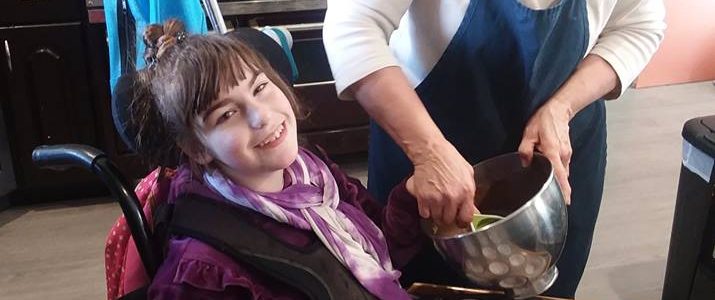
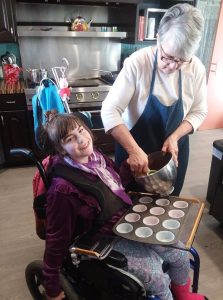 Recently, I posted a photo on Facebook of my twelve-year-old granddaughter making cupcakes. She has cerebral palsy and so it requires some special accommodation to cook with her. We’ve been cooking together now, for many years.
Recently, I posted a photo on Facebook of my twelve-year-old granddaughter making cupcakes. She has cerebral palsy and so it requires some special accommodation to cook with her. We’ve been cooking together now, for many years. 3-18-2010
3-18-2010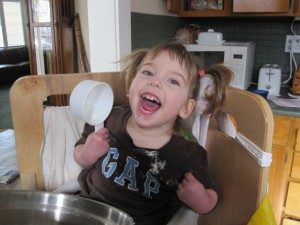 and the chair on the table. Jack, of course, took his position on one of the kitchen chairs.
and the chair on the table. Jack, of course, took his position on one of the kitchen chairs.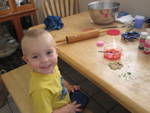 Next came the eggs. I showed Jack and Maggie how to break one and get the contents out. Woohoo!! Whacking eggs suited Jack just fine. He gave it a whack and voila! egg all over the table. Not to worry. We just picked out the eggshells and scraped the egg into the bowl. Good thing we started with a clean table.
Next came the eggs. I showed Jack and Maggie how to break one and get the contents out. Woohoo!! Whacking eggs suited Jack just fine. He gave it a whack and voila! egg all over the table. Not to worry. We just picked out the eggshells and scraped the egg into the bowl. Good thing we started with a clean table.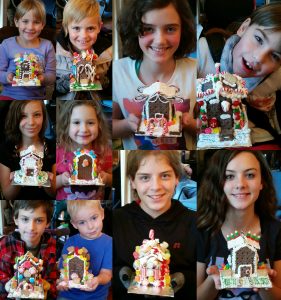 I could help 25-30 kids by myself. But I’m going to be honest here. It went so smoothly because the project was about me and not about the children.
I could help 25-30 kids by myself. But I’m going to be honest here. It went so smoothly because the project was about me and not about the children.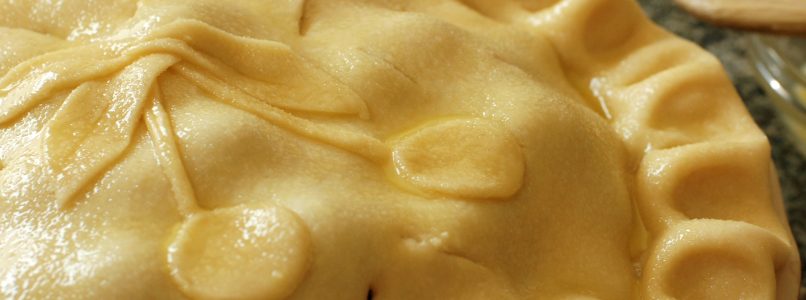
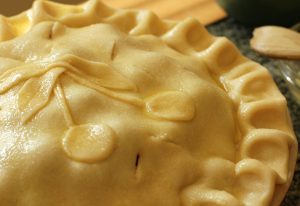 In honor of the Great American Pie Month, I want to share a story that illustrates the difference between kids and adults. Understanding this can make all the difference in how much you enjoy being and working with them and it can also impact your enjoyment whenever you learn something new.
In honor of the Great American Pie Month, I want to share a story that illustrates the difference between kids and adults. Understanding this can make all the difference in how much you enjoy being and working with them and it can also impact your enjoyment whenever you learn something new.

 Here’s a true story. A father was painting the outside of his home. His five-year-old son wanted to help. So this good father gave his son an old shirt with the sleeves rolled up several times. They both went to work on the door, dad painting the top and son painting the bottom. It just happened to be the door to the main entrance.
Here’s a true story. A father was painting the outside of his home. His five-year-old son wanted to help. So this good father gave his son an old shirt with the sleeves rolled up several times. They both went to work on the door, dad painting the top and son painting the bottom. It just happened to be the door to the main entrance.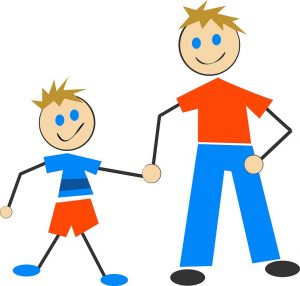 necessary for my father to complete the work he was engaged in. I was the beneficiary, as through these experiences I came to know him and to love him. I came to know about a
necessary for my father to complete the work he was engaged in. I was the beneficiary, as through these experiences I came to know him and to love him. I came to know about a 